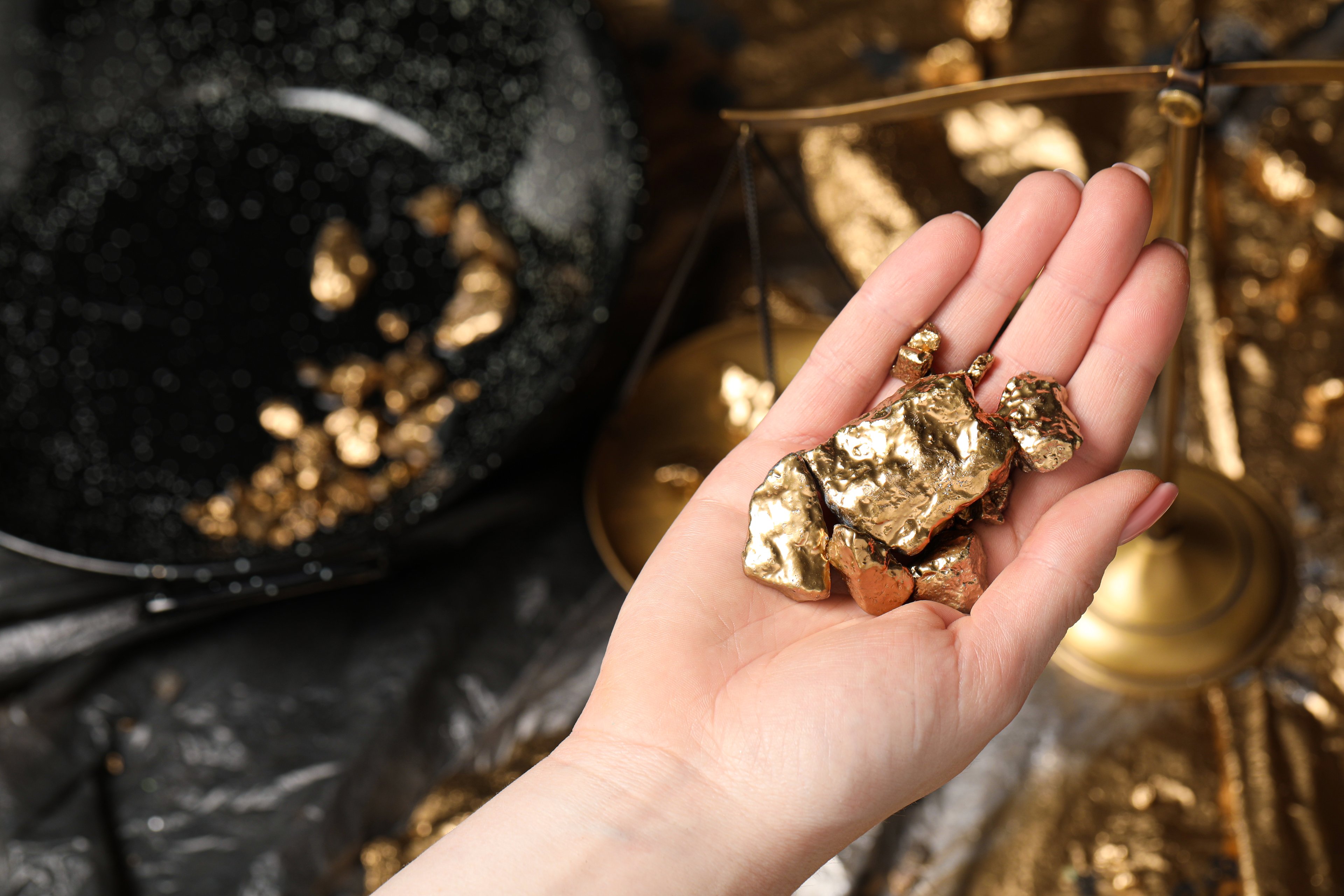Gold finished today on an upbeat note, as concerns about the impact of sluggish employment growth, and the potential for escalated conflict in Syria, pushed the yellow metal up about $23, to $1,390 per ounce. Although declines earlier this week pulled the metal down from above $1,400, gold has nevertheless climbed more than 15% from its mid-year lows.
But today is an important day from a longer-term perspective, as it marks the second anniversary of the gold market's peak of about $1,924. Looked at from that context, gold has been in a bear market, having fallen 28%, and having been down almost 40% at its worst point in the move down thus far.
With stocks still near all-time highs, many think a decline similar to gold's could be in the cards for the stock market. With that in mind, let's see what the experience of gold investors can tell us about markets in general.
1. Market tops are never obvious until much later.
Market timers are notorious for calling tops. In hindsight, it's easy to see gold's final climb as an extreme move that left the metal prone to a correction.
Yet, for more than a year, gold held up quite well, making multiple attempts to try to regain lost ground and set new highs. As recently as October 2012, gold challenged the $1,800 level, as the European Central Bank at the time appeared poised to take aggressive measures of its own to match the stimulus moves from the Federal Reserve in light of Europe's economic woes.
Only once April's big decline hit was it evident that gold's downward move would be more than just a correction in the 12-year bull market for the metal. By then, those who'd stuck with their gold investments had suffered big declines, and even now, plenty of gold bulls believe that the worst damage is over, and that selling now would be a mistake.
2. Fundamentals don't always deteriorate before a market top.
Investors like to believe that in a popular bull market, they'll be able to tell when it's time to take their profits and get out. In reality, though, you can't always tell from fundamental analysis of a market when risk levels have climbed to unacceptable levels.
With gold, many looked at investor interest in the exchange-traded SPDR Gold Trust (GLD 0.61%) and iShares Gold (IAU 0.60%) to measure fundamental demand. But when gold hit its high in September 2011, the amount of gold that SPDR Gold held had actually fallen from month-earlier levels by almost 70 tons, or more than 5% of its total assets. Afterward, interest in SPDR Gold climbed for well over a year, and assets didn't peak in tonnage terms until January 2013. Getting out at that point would have saved you from the full extent of gold's subsequent losses, but you still would have missed the top by about 15%.
3. In any asset class, some investments are more vulnerable than others to reversals.
Whether you're talking about stocks, bonds, gold, or any other asset class, different investments can perform very differently. As badly as gold has performed since its top two years ago, gold-mining stocks have done much worse. The Market Vectors Gold Miners ETF (GDX +0.26%) has lost 58% of its value in the past two years, and the Market Vectors Junior Gold Miners ETF (GDXJ +0.37%), which concentrated on smaller players in the industry, lost two-thirds of its value since 2011.
Gold miners essentially had more leverage to the price of gold because their fixed costs meant that a drop in gold prices would cause a much larger percentage drop in profits. Some smaller companies have become unprofitable as a result of gold's crash, leaving their futures uncertain. By contrast, the more stable companies with lower cost structures have held up relatively well, even if they haven't avoided losses entirely.
It could happen to stocks
Before you rule out a crash for the stock market, keep one thing in mind: A decline of the same magnitude that gold has seen would still leave the stock market about 75% above its 2009 lows. By realizing how ineffective some of the escape hatches that gold investors thought that they'd be able to use to avoid losses turned out to be, you'll avoid making the same mistakes with stocks and other parts of your investment portfolio.









